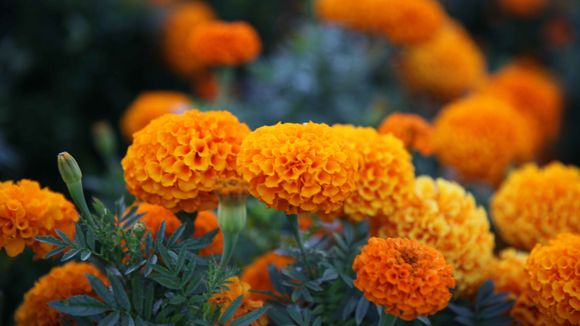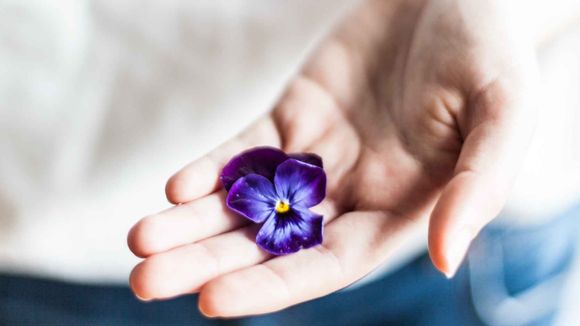Symptoms and Herbal Treatments
Itchy and Red Patches
The characteristic red, itchy patches of ringworm can be effectively addressed using Tea Tree Oil (Melaleuca alternifolia). This essential oil boasts potent antifungal properties that combat the underlying infection. Dilute a few drops of tea tree oil in a carrier oil and apply it to the affected area for relief.
Burning Sensation
If the infection causes a burning sensation, consider using Aloe Vera (Aloe barbadensis miller) gel. Aloe vera's natural soothing properties can help alleviate discomfort. Extract the gel from the plant's leaves and apply it generously to the affected area.
Raised Edges
Garlic (Allium sativum), known for its antifungal and antibacterial properties, can be an effective treatment for ringworm with raised, scaly edges. Crush a garlic clove, mix it with olive oil, and gently massage it onto the affected skin.
Multiple Patches
When dealing with multiple patches, harness the power of Neem (Azadirachta indica). Neem leaves possess antifungal and antibacterial properties that can combat the infection. Prepare a neem leaf infusion, let it cool, and use it to cleanse the affected areas.
Oozing and Crusting
Calendula (Calendula officinalis), revered for its antimicrobial properties, can aid in healing oozing and crusted ringworm patches. Prepare a calendula-infused oil and gently apply it to the affected skin.

Photo by J K on Unsplash
Rash Spreading
To prevent the rash from spreading, consider using Turmeric (Curcuma longa). The active compound curcumin in turmeric has potent antifungal and anti-inflammatory properties. Create a paste by mixing turmeric with honey and apply it to the rash.
Pain and Discomfort
For relief from pain and discomfort, turn to Chamomile (Matricaria chamomilla). Chamomile's soothing properties can alleviate these symptoms. Prepare chamomile tea, allow it to cool, and gently apply it to the affected area.
Persistent Itching
Combat persistent itching with the calming properties of Lavender (Lavandula angustifolia) essential oil. Mixing a few drops of lavender oil with a carrier oil and applying it to the affected area can provide relief.
Dry and Flaky Skin
If ringworm leads to dry and flaky skin, consider using Coconut Oil (Cocos nucifera). The oil's rich fatty acids can moisturize and prevent further dryness. Apply virgin coconut oil to the affected area for nourishment.
Inflammation and Swelling
To address inflammation and swelling, Chickweed (Stellaria media) can be a valuable asset. Chickweed's cooling properties offer relief. Create a chickweed poultice and apply it to the affected skin.

Photo by Alex Lvrs on Unsplash
Anticancer Properties
Several of the herbs mentioned above, such as Garlic, Turmeric, and Calendula, have shown promise in studies for their potential anticancer properties. Garlic contains organosulfur compounds that exhibit anti-cancer effects1, curcumin in turmeric has demonstrated anti-tumor activity2, and specific compounds in calendula have displayed anti-cancer potential3. While these herbs are not a replacement for medical treatments, incorporating them into your skincare routine might provide additional benefits.
Questions and Answers
Q: Can herbal remedies be used alongside prescribed antifungal creams?
A: It's advisable to consult a healthcare provider before combining herbal treatments with prescribed medications to ensure safety and efficacy.
Q: Are there any potential allergic reactions to these herbal treatments?
A: While rare, some individuals may experience allergic reactions to certain herbs. Perform a patch test before applying extensively.
Q: How soon can I expect to see results from these herbal treatments?
A: Results vary depending on the severity of the infection and individual response. Some may experience improvement within days, while others may take longer.
Q: Can these herbal treatments be used for children with ringworm?
A: Prioritize consultation with a pediatrician before using herbal remedies on children's sensitive skin.
Q: Are dietary changes necessary to complement these herbal treatments?
A: A balanced diet rich in nutrients can support skin health. Reducing sugar intake may also help manage fungal infections.
References
Ankri, S., & Mirelman, D. (1999). Antimicrobial properties of allicin from garlic. Microbes and Infection, 1(2), 125-129.
Gupta, S. C., Patchva, S., & Aggarwal, B
Preethi, K. C., & Kuttan, R. (2009). Wound healing activity of flower extract of Calendula officinalis. Journal of Basic and Clinical Physiology and Pharmacology, 20(1), 73-79.









